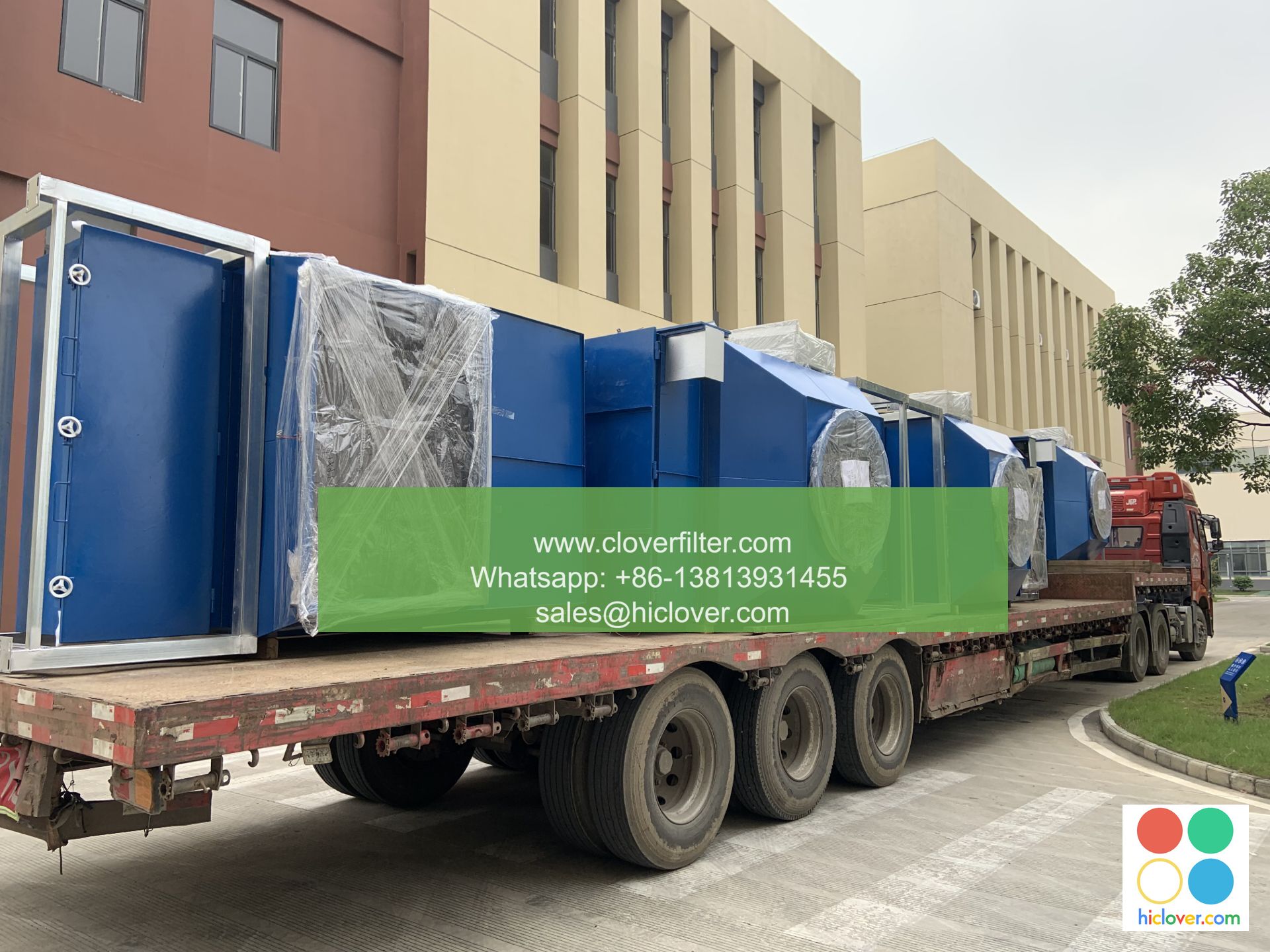Unlock Clean Air Compliance: Understanding HEPA and Ultraviolet Air Filter Technologies

Unlock Clean Air Compliance: Understanding HEPA and Ultraviolet Air Filter Technologies
Introduction
Maintaining clean and healthy indoor air quality is essential for individuals and organizations alike. With the growing concern about air pollution and its impact on our well-being, it’s crucial to understand the technologies that can help achieve compliance with clean air standards. In this article, we’ll delve into the world of HEPA and ultraviolet (UV) air filter technologies, exploring their features, benefits, and applications in various industries.
What are HEPA Filters?
High-Efficiency Particulate Air (HEPA) filters are designed to capture 99.97% of particles as small as 0.3 microns. These filters use a unique pleated design that increases the surface area, allowing for more effective filtration. HEPA filters are commonly used in:
- Residential and commercial buildings: To remove pollutants, allergens, and odors from indoor air.
- Healthcare facilities: To reduce the spread of airborne diseases and infections.
- Automotive industry: To improve indoor air quality in vehicles.
- Bacteria: Including Legionella, MRSA, and E. coli.
- Viruses: Including influenza, rhinovirus, and norovirus.
- Mold and fungi: Reducing the growth of these microorganisms.
- Improved indoor air quality: By removing pollutants, allergens, and microorganisms.
- Enhanced occupant health: By reducing the spread of airborne diseases and improving overall well-being.
- Compliance with regulations: Meeting industry standards and regulations for clean air quality.
- Energy efficiency: Both HEPA and UV filters are energy-efficient and cost-effective.
- Education: Schools and universities can benefit from HEPA and UV filters to create a healthier learning environment.
- Food processing: UV filters are used to eliminate bacteria and other microorganisms from food processing environments.
- Healthcare: Hospitals and clinics use HEPA and UV filters to reduce the spread of airborne diseases.
- Industrial settings: HEPA and UV filters are used in manufacturing and industrial settings to improve indoor air quality and comply with regulations.
- Museums and galleries: UV filters are used to preserve artworks and cultural heritage by reducing exposure to UV radiation.
What are Ultraviolet (UV) Air Filters?
Ultraviolet (UV) air filters use light to kill germs, bacteria, and viruses, rather than physical filtration. UV light emits a specific wavelength that disrupts the DNA of microorganisms, rendering them inactive. UV air filters are effective against:
Benefits of HEPA and UV Air Filter Technologies
Both HEPA and UV air filter technologies offer numerous benefits, including:
Applications of HEPA and UV Air Filter Technologies
These technologies are widely applied across various industries, including:
Conclusion
In conclusion, HEPA and UV air filter technologies are essential for maintaining clean and healthy indoor air quality. By understanding the features, benefits, and applications of these technologies, organizations can ensure compliance with clean air standards and provide a healthier environment for occupants. Whether in residential, commercial, or industrial settings, HEPA and UV filters are crucial for unlocking clean air compliance and improving overall well-being.
I’d be happy to help! It seems like you’re looking to get started with a prompt, but I’m not entirely sure what you’re looking for. Could you please provide more context or clarify what you’d like to do? Do you have a specific topic in mind, ask a question, or discuss a particular theme? I’m here to help with any inquiry you may have!

